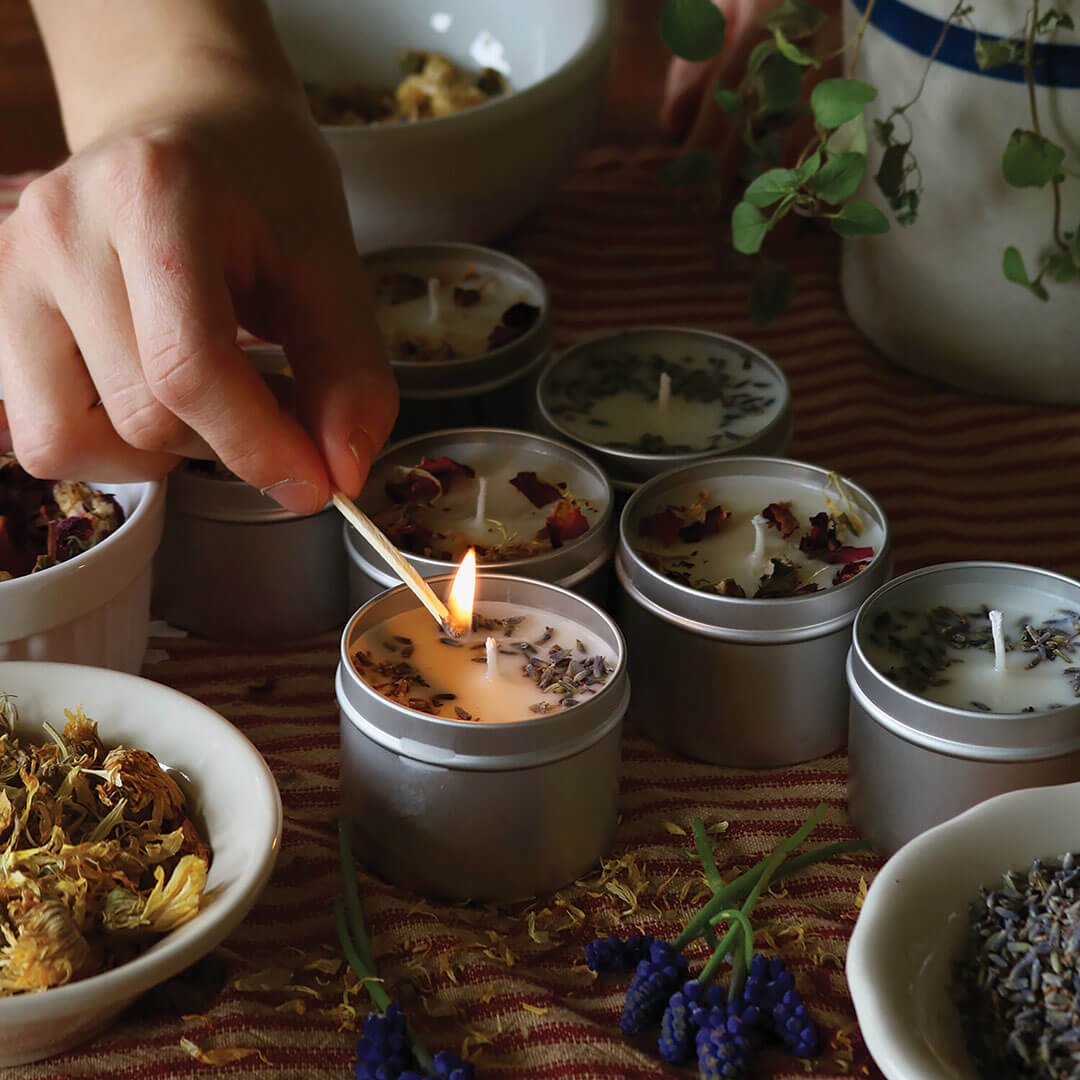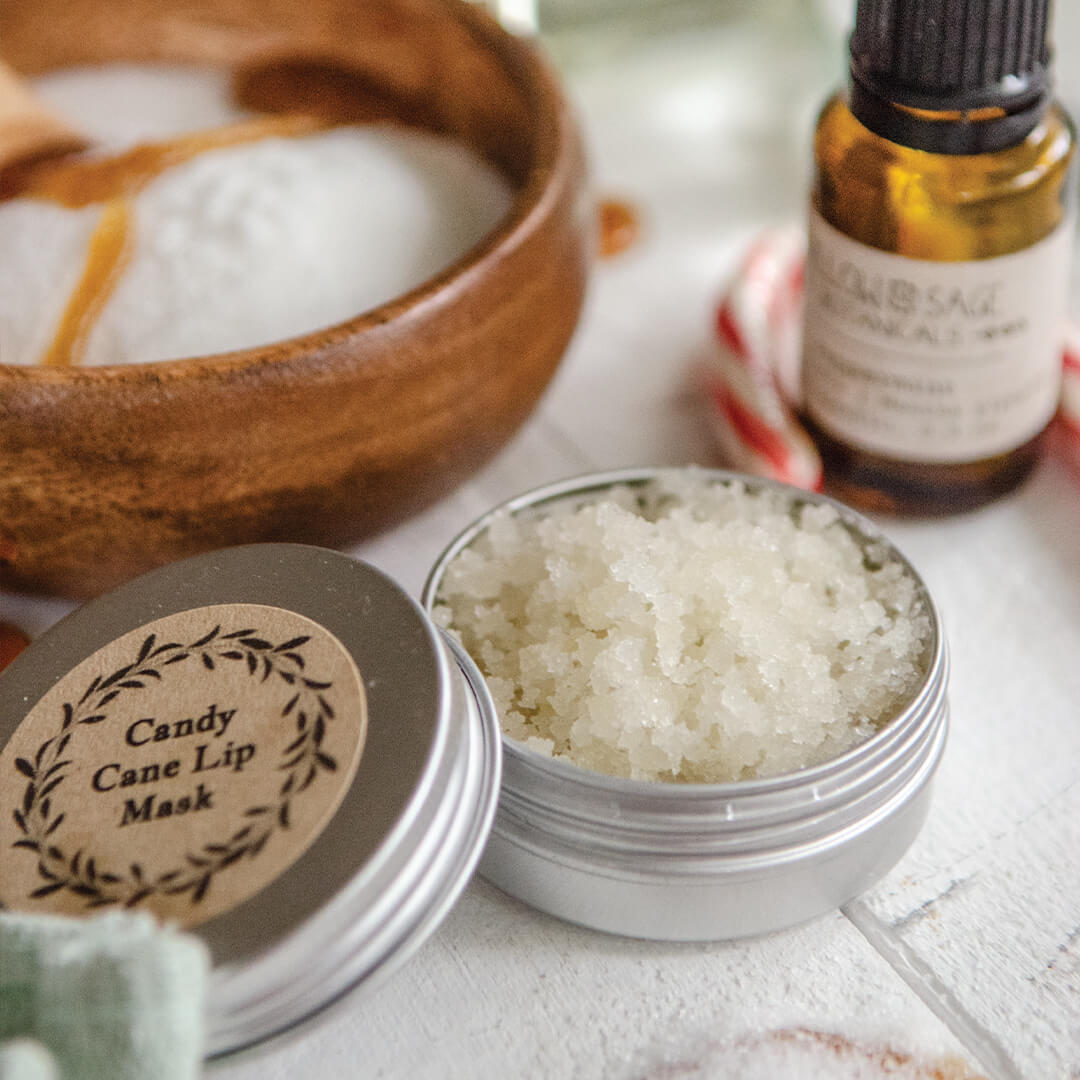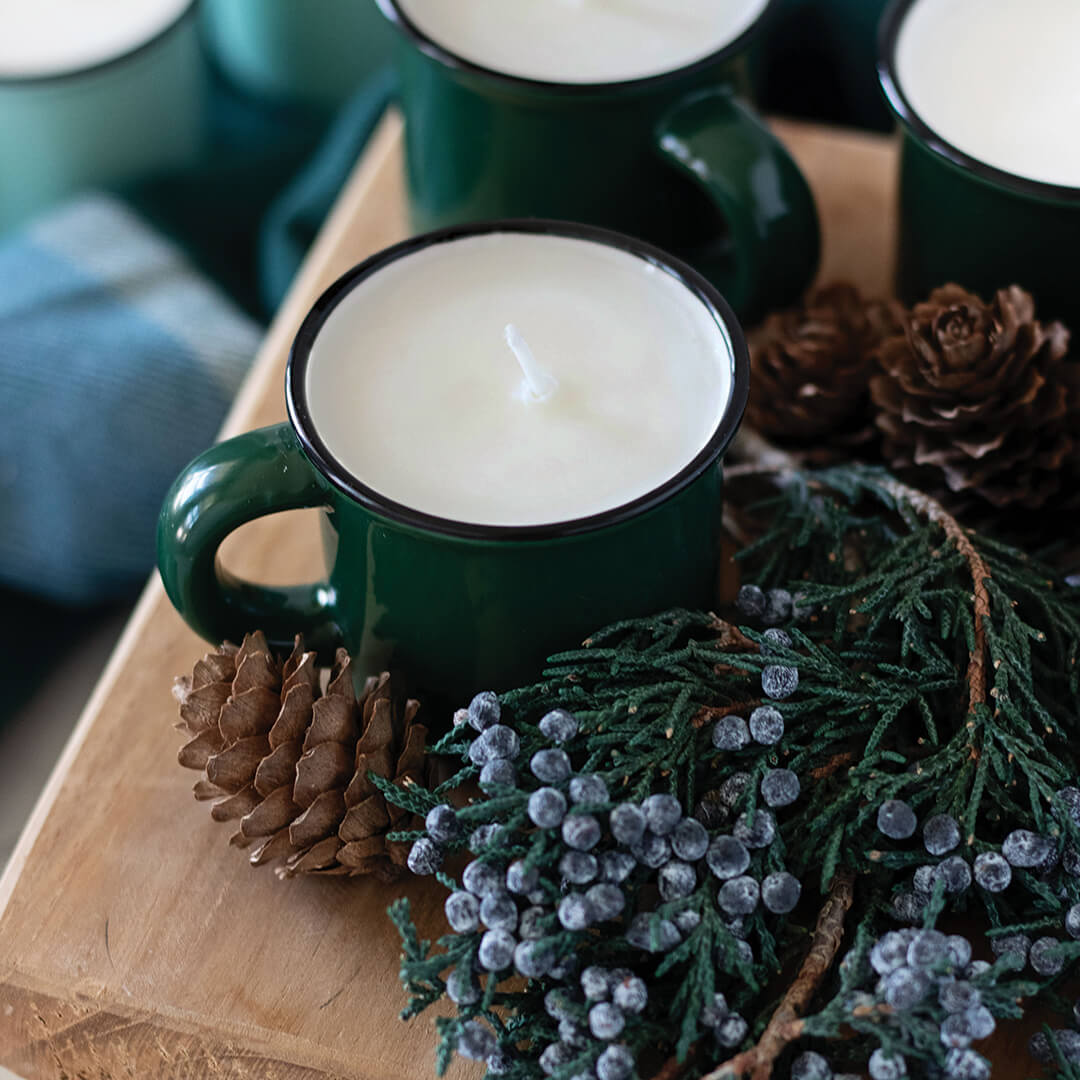The Art of Candle Making: Your Comprehensive Guide
0 Comments
Photo Credit: Kayla Lobermeier
Give someone a candle, and they’ll enjoy the charming ambiance for several days. Teach them how to make candles, and they’ll adorn their space for a lifetime, or so goes a crafty twist on the famous saying. There’s a reason candles are a popular choice for gifts and home decor – they’re coziness creators, relaxation promoters, and mood setters. Learn how to make your own candles in this blog.
New Year, New Bath Rituals
0 Comments
Words: Danielle Williams
Photo Credit: Britta Weickert
Everybody decompresses differently, but there is one activity that seems to please the majority, from babies to grownups: taking a warm bath. It helps melt away the stress of the day and brings quiet peace to the mind. As the new year begins, it’s a great time to re-think your bath rituals.
Winter Lip Care: How to Prevent Chapped Lips
2 Comments
Photo Credit: Michelle Stewart
Did you know that licking your lips can actually dry them out more? The stark contrast between cold weather outside and warm air inside means you may find your lips dry, flaking, and even cracking and bleeding. While some dryness is almost unavoidable, you don’t have to put up with sore, cracked lips and leave them vulnerable to the elements. Read on to learn how to get rid of chapped lips. Plus, explore DIY recipes for winter lip care.
Winter Candles You Can Make at Home
0 Comments
Words: Danielle Williams
Photo Credit: Kristy Doubet Haare
With the weather cooling down and the sun setting earlier each day, it’s time to infuse wintry candles into your evening routine. There’s nothing quite like winding down by candlelight, and it’s a happy bonus when you can bring the winter spirit into your home at the same time. These basic candle recipes are simple and quick to make and include some of our favorite scents for the season. Happy candle-making!
How to Choose the Right Bath Salts for Your Skin
0 CommentsBath salts have been a staple in self-care routines for ages. Because who doesn’t like sinking into a warm, soothing bath at the end of a tough day? Most of us have come across all types of bath salts. Lots of bath salts. In all sorts of shapes, sizes, scents, and colors. So, choosing the right one for you can seem tricky – let this blog be your guide.


















